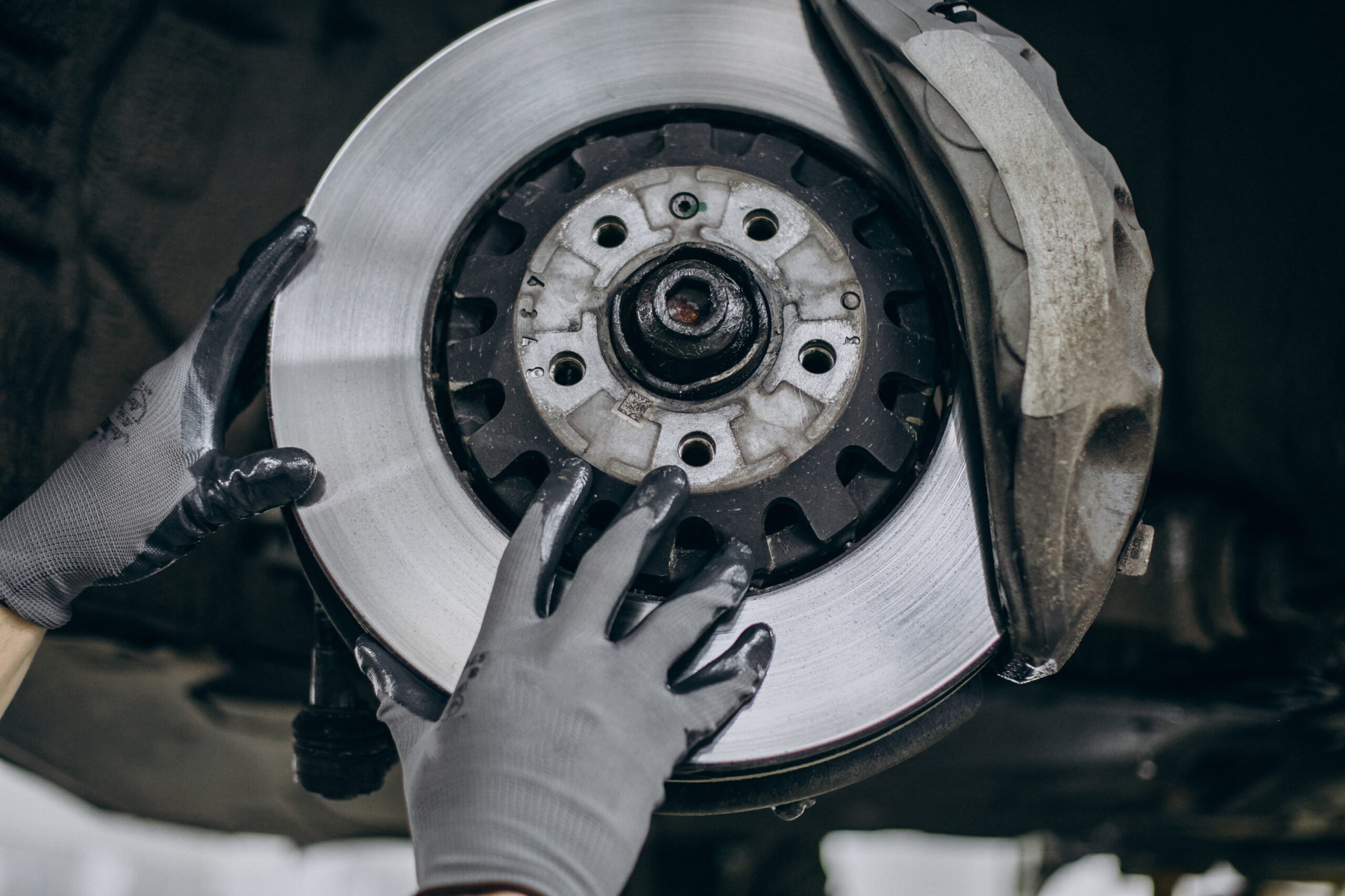When considering purchasing an accident-damaged car in South Africa, assessing the condition of its braking system and brake components is of utmost importance. The braking system plays a critical role in vehicle safety, and any damage or malfunction can have serious consequences. In this article, we will provide valuable tips for assessing the braking system and brake components of an accident-damaged car, helping you make an informed decision about its safety and roadworthiness.
- Visual Inspection:
Start by conducting a visual inspection of the braking system components. Look for any signs of damage, such as bent or corroded brake lines, leaking brake fluid, damaged brake calipers or rotors, or excessive wear on brake pads. These visual cues can provide initial indications of potential brake system issues. - Brake Pedal Feel:
Sit in the driver’s seat and depress the brake pedal. Pay attention to how it feels and the amount of resistance it offers. A spongy or excessively soft brake pedal may indicate air in the brake lines or a potential problem with the brake master cylinder or hydraulic system. In contrast, a hard and unresponsive brake pedal could signal a problem with the brake booster. - Brake Fluid Inspection:
Check the brake fluid reservoir, typically located near the firewall in the engine bay. Ensure that the brake fluid level is within the acceptable range indicated on the reservoir. Additionally, inspect the brake fluid for any signs of contamination, such as a milky appearance or the presence of debris. Contaminated brake fluid may suggest water ingress or other issues that could affect braking performance. - Brake Pad and Rotor Assessment:
Inspect the brake pads and rotors for signs of wear and damage. Worn brake pads will have a thin lining, and you may be able to see the metal backing. Excessively worn or damaged brake pads should be replaced. Similarly, check the condition of the brake rotors for any scoring, grooving, or warping. Severely damaged rotors may require resurfacing or replacement. - Brake Line Inspection:
Carefully inspect the brake lines for any signs of damage, such as cracks, leaks, or corrosion. Damaged brake lines can compromise the integrity of the entire braking system. Pay particular attention to the areas near the wheels and under the car where the lines are more exposed to potential damage. - Professional Brake Inspection:
Consider having a professional mechanic conduct a thorough brake inspection. They can perform specialized tests, such as measuring the thickness of the brake pads, evaluating the brake calipers for proper operation, and checking the functionality of the ABS (Anti-lock Braking System) if equipped. A professional inspection ensures a comprehensive evaluation of the braking system’s safety and reliability.
Assessing the braking system and brake components of an accident-damaged car is crucial for ensuring its safety and roadworthiness in South Africa. By visually inspecting the components, checking the brake pedal feel, examining the brake fluid, and assessing the condition of the brake pads, rotors, and lines, you can gain valuable insights into the overall health of the braking system. However, it is highly recommended to have a professional mechanic perform a detailed brake inspection to identify any hidden issues and provide a comprehensive evaluation. Prioritizing the safety of the vehicle’s braking system will help you make an informed decision when purchasing an accident-damaged car in South Africa.











